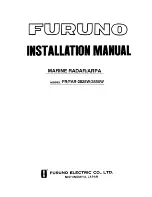
Budapest
10 June 2021
From
Our Reference
Tel
XC-DA/ECR3-Bp
Daniel Radics
+36 1 879-6276
Page 1 of 17
CR5CBCC_User_manual.docx
Contents
1
Issue
1.0
Topic
CR5CBCC User Manual
Description
Specific for International Type Approval purposes.
Report

Budapest
10 June 2021
From
Our Reference
Tel
XC-DA/ECR3-Bp
Daniel Radics
+36 1 879-6276
Page 1 of 17
CR5CBCC_User_manual.docx
Contents
1
Issue
1.0
Topic
CR5CBCC User Manual
Description
Specific for International Type Approval purposes.
Report

















